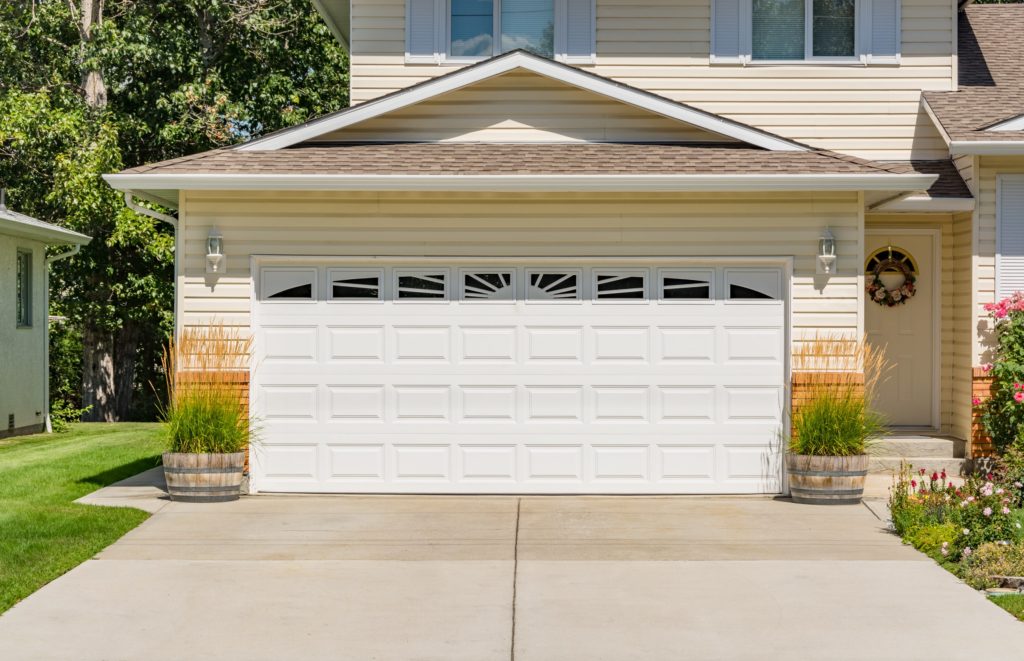Residential and commercial roofing systems have key differences that are important to understand. In today’s post, A-TEX Roofing breaks it down for you.
Roofing and Materials
Residential and commercial roofing systems typically use different materials, with residential roofing generally having more variability. This is because flat roofing membranes tend to be the preferred choice for commercial properties. Some roofing materials that both commercial and residential roofs can share include asphalt, slate, tile, metal, and solar shingle systems.
The Roof and Its Structural Design
As a general rule, the structural design for many commercial properties is minimalist in nature. Completely flat or low-slope roofing dominates the commercial roof replacement sector. Commercial buildings tend to be larger and taller than residential properties, so aesthetics often aren’t as big of a concern for the roof, which often isn’t even visible from the street.
Residential roofs are visible and play a big role in the overall appearance of a home. This is why there are so many styles—from traditional sloped roofing systems to contemporary flat roofs.
Installation
Residential roofing is generally easier to install as the buildings are usually much smaller and the only real obstacle is the chimney. With commercial properties, you have to consider things like smoke stacks, air flow systems, and external piping. Still, most flat roofing systems used on commercial buildings are very straightforward to install.
As experienced commercial roofing contractors, we promise to install your new roof flawlessly and efficiently. We also offer complete residential roofing services, from roof installation to repair work. Call us at (210) 269-7035 for more information on our services. We professionally install commercial and residential roofing systems in San Antonio, TX.




